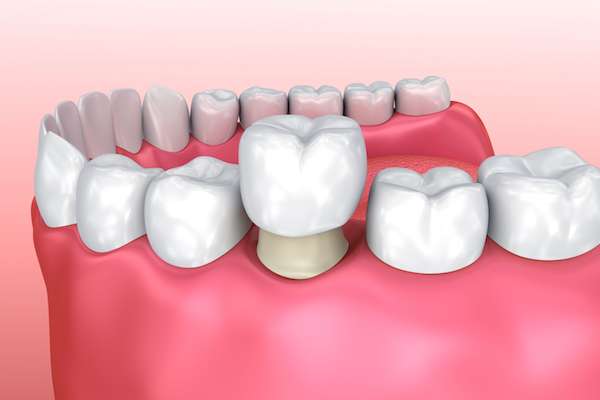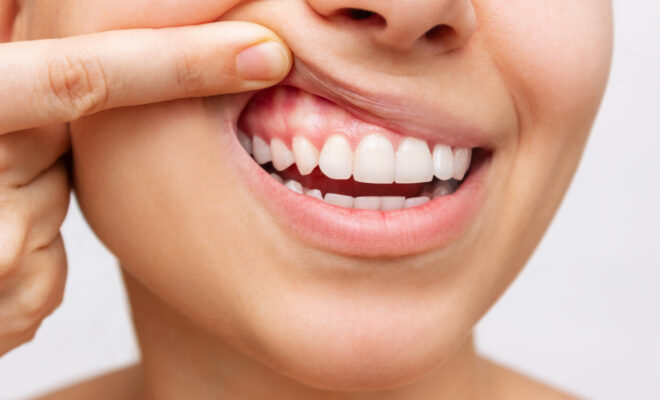How General Dentistry Detects Early Signs Of Cavity Formation

Cavities can cause significant problems without early detection. When you regularly visit a dentist in Palm Beach Gardens, you take action against potential dental issues. Dentists have the skills to spot early signs of cavities, preventing painful and costly treatments later. During a check-up, your dentist uses simple tools, like a mirror and probe, to look for weak spots or color changes in your teeth. They also perform X-rays to find hidden cavities between teeth. With these steps, they identify problems before they worsen. You play a crucial role, too. By discussing any discomfort or changes, you give your dentist more information to work with. Together, you and your dentist form a team working toward healthier teeth. Regular cleanings and exams keep your mouth in top shape, reducing the risk of cavities and ensuring a bright smile. Prioritize your oral health for a pain-free, confident future.
Understanding Cavities
Cavities, or tooth decay, are small openings or holes in teeth. They develop when plaque, a sticky film of bacteria, forms on the tooth surface. Bacteria in plaque produce acids that erode tooth enamel, leading to cavities. This process can progress without noticeable symptoms. Early detection by a dental professional is crucial to avoid further complications.
Why Early Detection Matters
Early cavity detection can save you from more extensive dental treatments. Identifying cavities early means simpler treatment options. It also ensures you experience less pain and lower dental costs. Early intervention can maintain the health of affected teeth, preventing the need for extensive procedures like root canals or crowns.
Tools and Techniques Used in Cavity Detection
Dentists use several methods to detect cavities early:
- Visual Examination: Dentists closely inspect teeth for signs of decay. They look for discoloration, chips, or visible holes.
- Dental Probing: A dental probe checks for soft spots on the enamel, which may indicate cavities.
- X-rays: X-rays show cavities hidden between teeth or beneath the surface. They provide a complete view of dental health.
- Dental Dye: A special dye applied to teeth can highlight cavity-prone areas, making it easier for the dentist to spot early signs of decay.
Preventive Measures
Maintaining oral health prevents cavity formation. Here are key practices:
- Brush teeth twice daily with fluoride toothpaste.
- Floss daily to remove food particles and plaque between teeth.
- Limit sugary and acidic foods and drinks.
- Visit your dentist regularly for cleanings and exams.
Following these steps reduces the risk of developing cavities and promotes overall oral health.
Comparing Detection Methods
| Detection Method | Advantages | Disadvantages |
|---|---|---|
| Visual Examination | Non-invasive, Quick | May miss hidden cavities |
| Dental Probing | Effective for surface detection | Possible discomfort |
| X-rays | Detects hidden cavities, Comprehensive | Radiation exposure |
| Dental Dye | Highlights cavity-prone areas | Temporary staining |
Your Role in Cavity Prevention
While dentists play a vital role in detecting and treating cavities, your efforts at home are invaluable. Brush with care, floss regularly, and watch your diet to keep your teeth healthy. With vigilance and routine dental visits, you can minimize the risk of cavities.
Conclusion
Early detection and prevention are keys to maintaining oral health. By visiting your dentist regularly, you ensure that any early signs of cavities are addressed quickly. Stay proactive in your dental care. For further guidance on dental health, you can explore resources from the American Dental Association. Remember, protecting your teeth today leads to a healthier, happier tomorrow.








